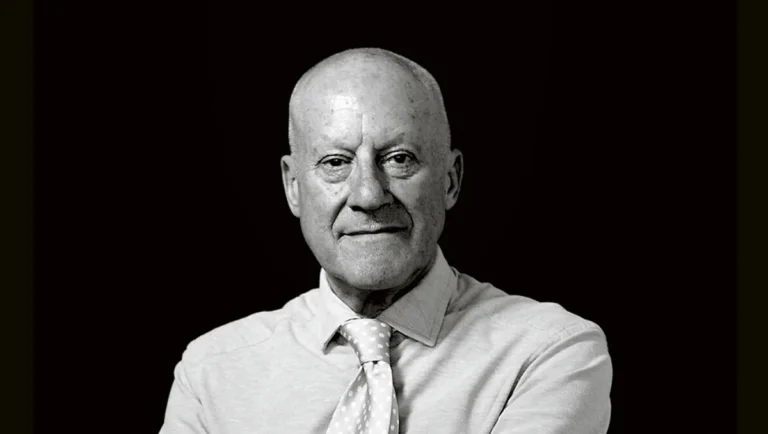
Norman Foster, born in 1935 in Manchester, England, is one of the most prominent contemporary architects in the world. He is renowned for his modern architectural style, sustainable approach, and innovative use of technology. His works are a fusion of engineering, aesthetics, and environmental responsibility.
Education and Early Influences
Foster studied at the University of Manchester and later at Yale University in the U.S., where he was influenced by modernist architects such as Buckminster Fuller. This academic background shaped his belief in innovation, energy efficiency, and lightweight forms in architecture.
Design Philosophy
Norman Foster believes that architecture should respond to the needs of modern humans while respecting the environment. As he puts it:
“Architecture is about improving people’s quality of life – from homes to cities.”
His design principles include:
Maximum use of natural light
Natural ventilation and sustainable energy systems
Lightweight and modular structures
Transparency, open spaces, and functionality
Major Works
Foster has designed numerous landmark projects across the globe, several of which have become icons of contemporary architecture:
30 St Mary Axe (The Gherkin), London: A landmark tower with aerodynamic design and environmental sensitivity.
Beijing Capital Airport Terminal 3: One of the world’s largest and most advanced airport terminals.
Khalifa Tower in Abu Dhabi, and banks in Frankfurt and Hong Kong: Examples of his technological and sustainable urban-scale design.
Honors and Influence
In 1999, Foster was awarded the Pritzker Architecture Prize – the most prestigious award in architecture. He was also made a life peer by the Queen of England, receiving the title “Lord Foster of Thames Bank.” His influence is visible in the High-Tech Architecture movement and green architecture, inspiring a new generation of architects.
In 1999, Foster was awarded the Pritzker Architecture Prize – the most prestigious award in architecture. He was also made a life peer by the Queen of England, receiving the title “Lord Foster of Thames Bank.” His influence is visible in the High-Tech Architecture movement and green architecture, inspiring a new generation of architects.
Conclusion
Norman Foster stands as a symbol of forward-thinking, human-centered, and sustainable architecture. His work proves that design can be both beautiful and impactful – enhancing human life while protecting the planet. He has shown that technology and nature can coexist not in conflict, but in harmony.


No comments yet.